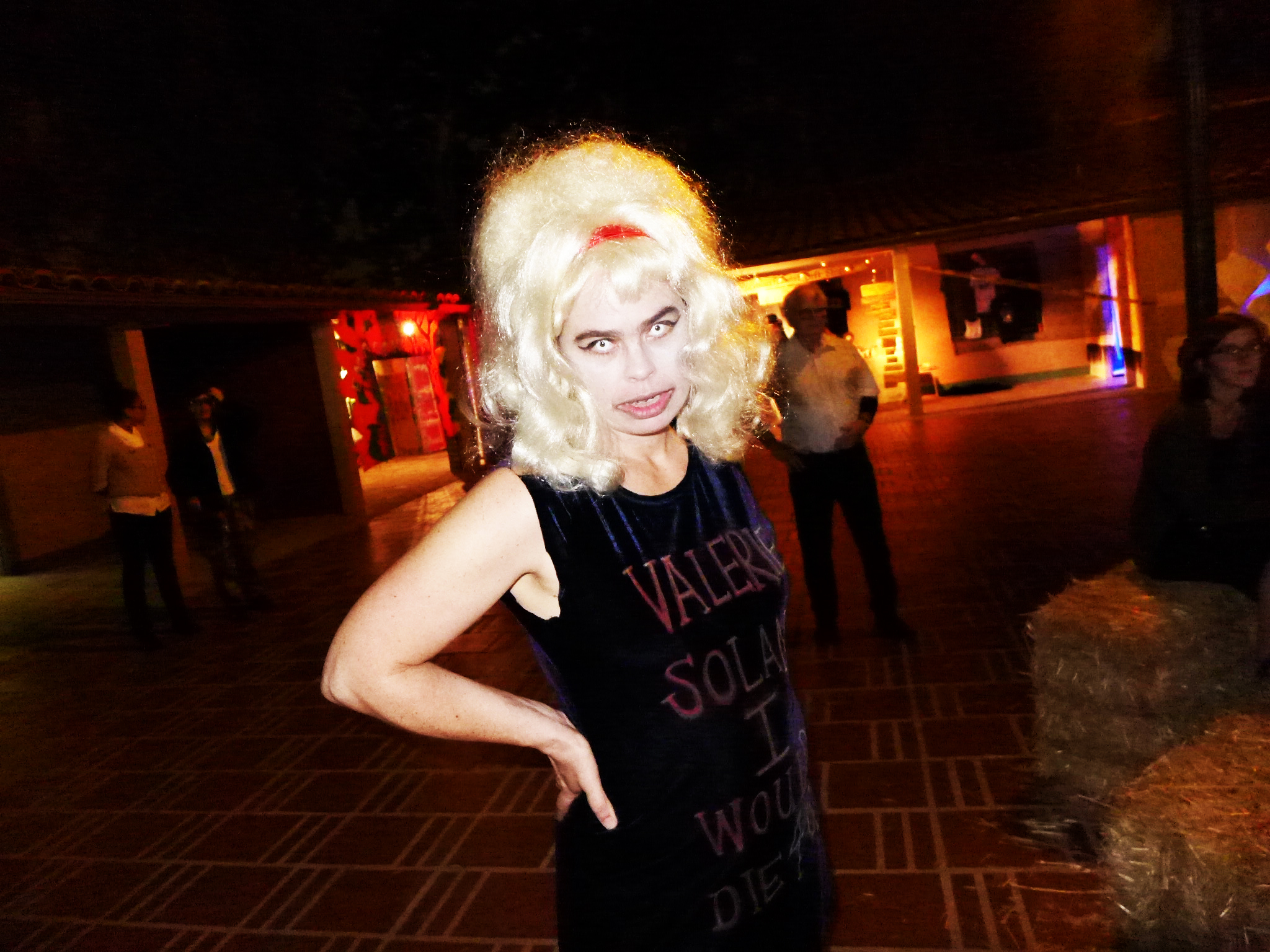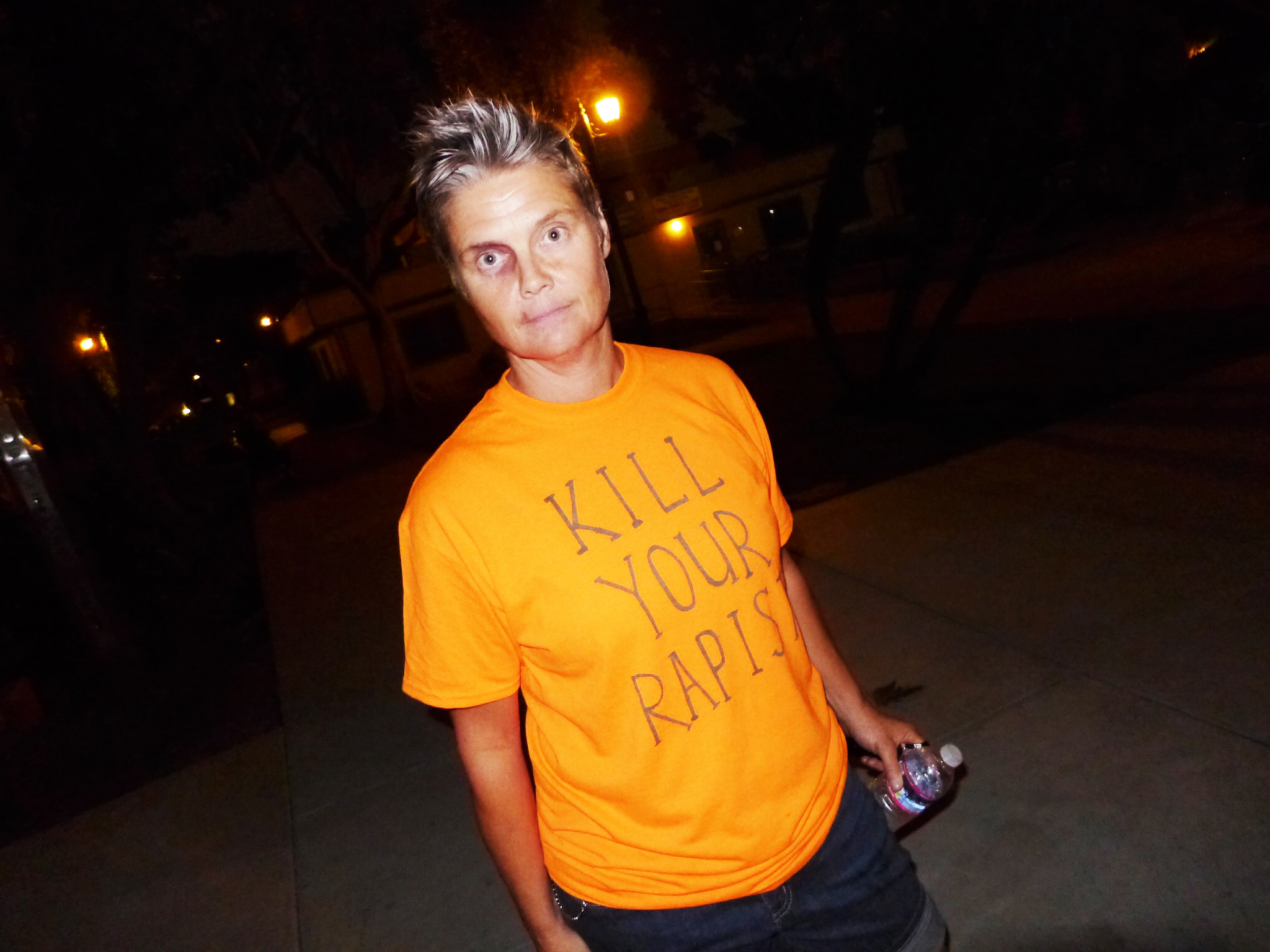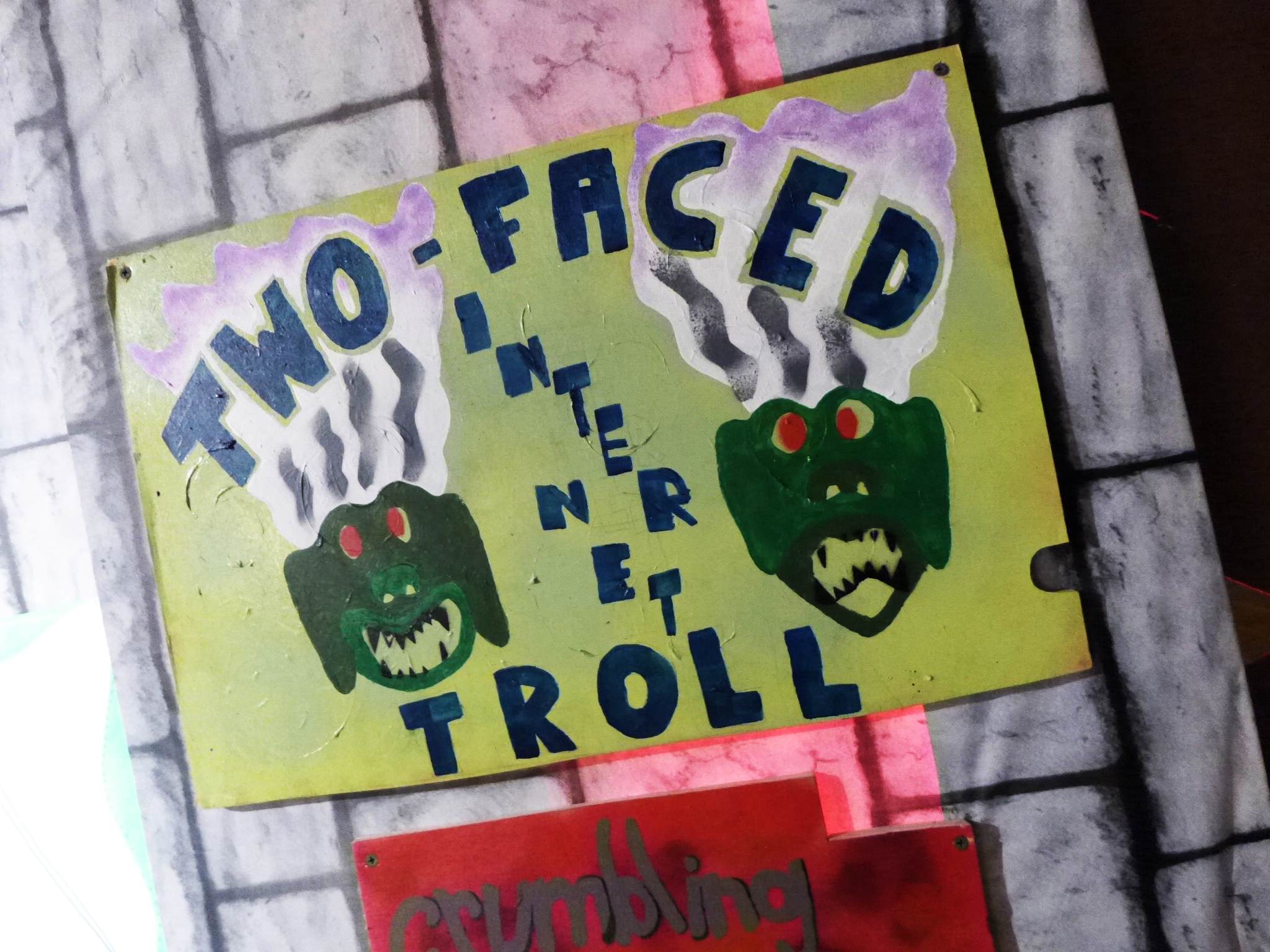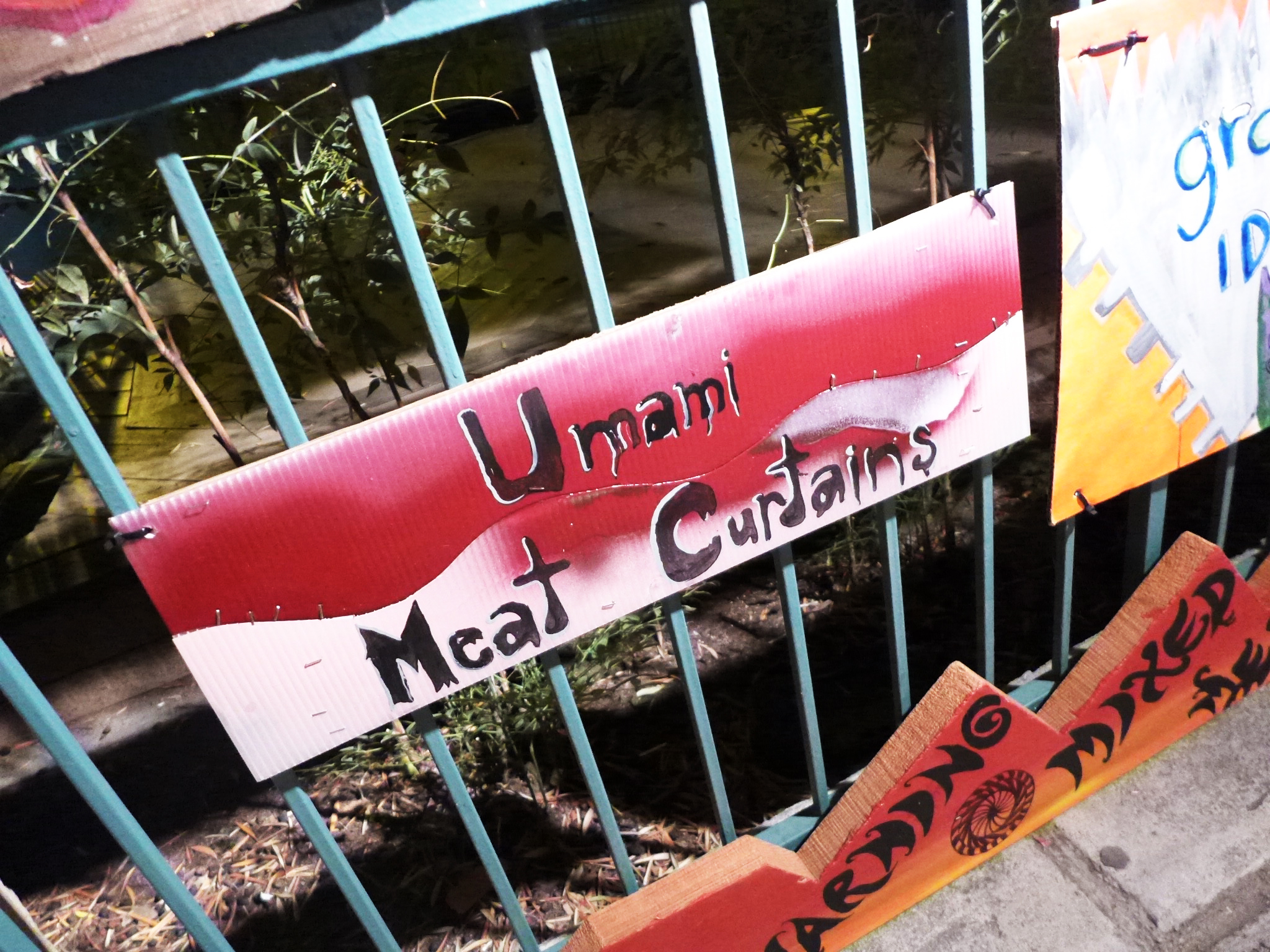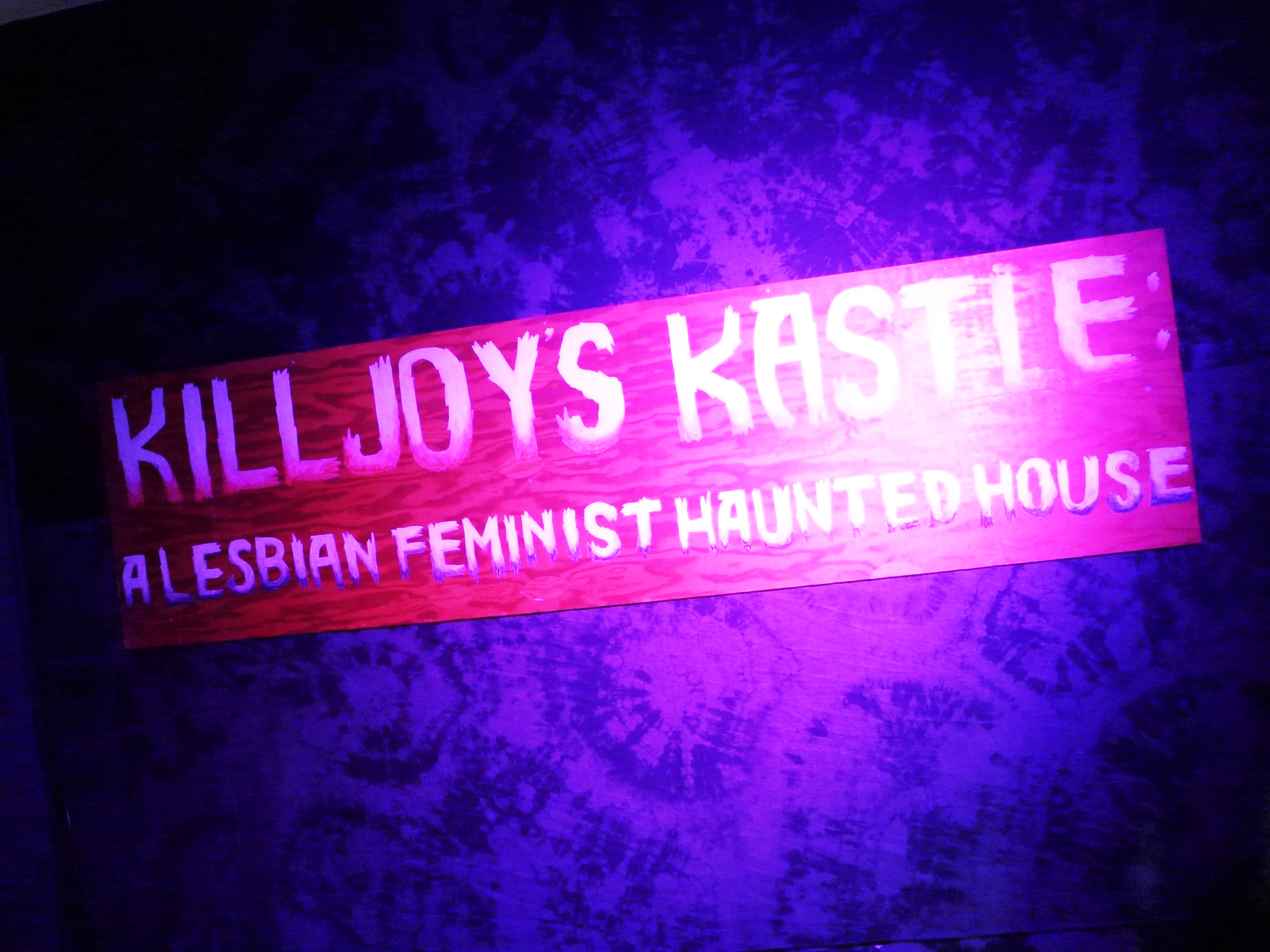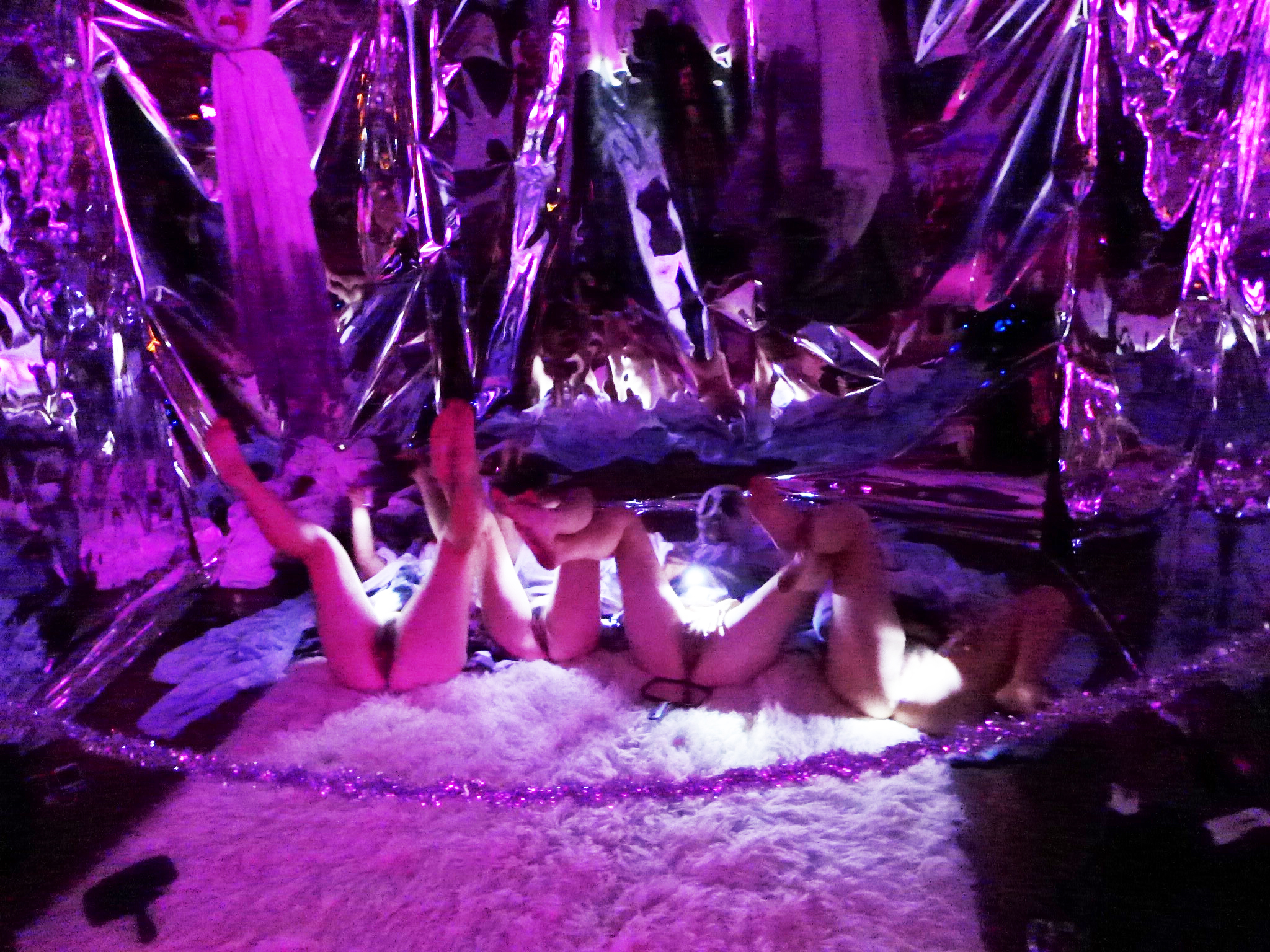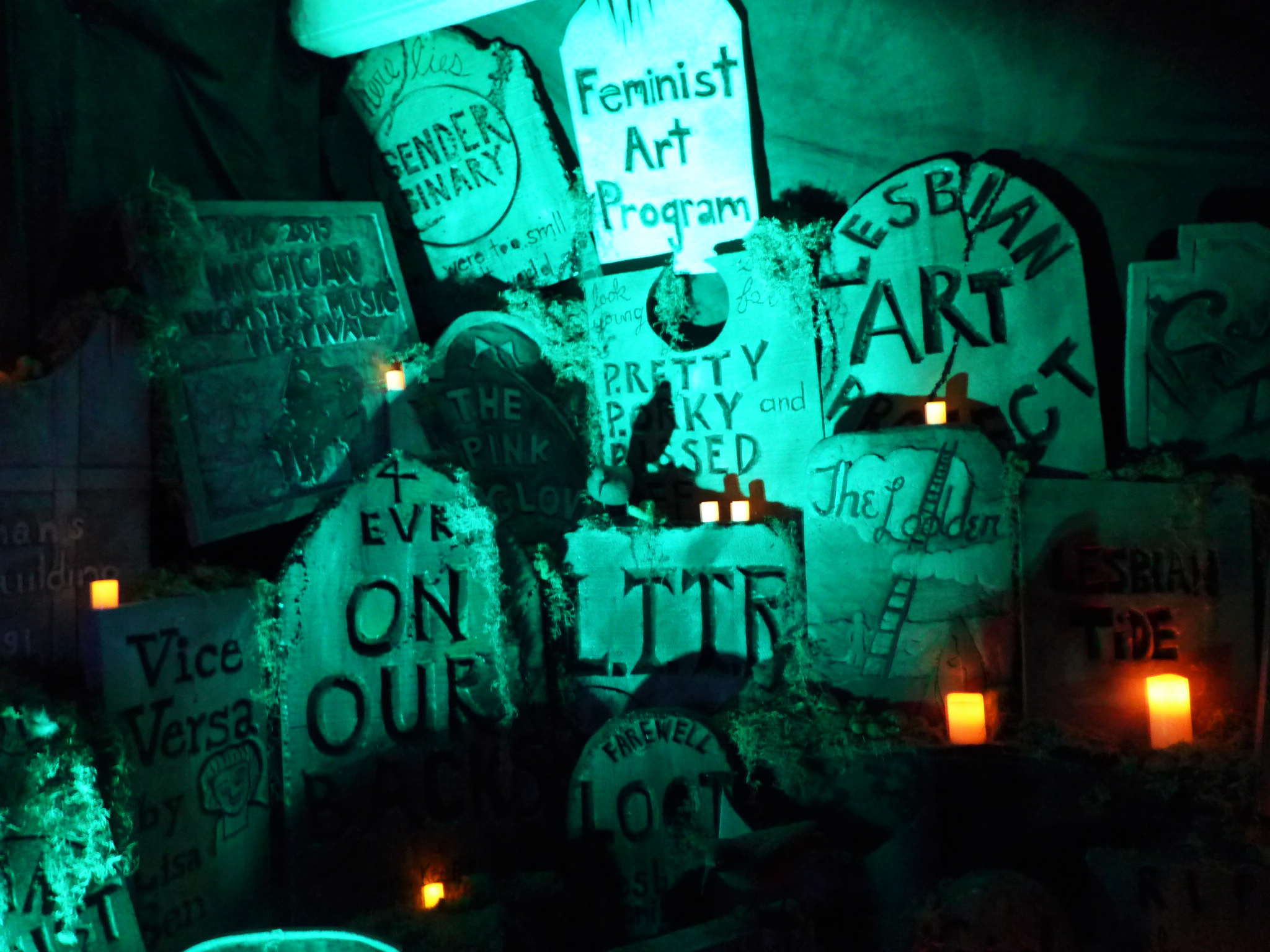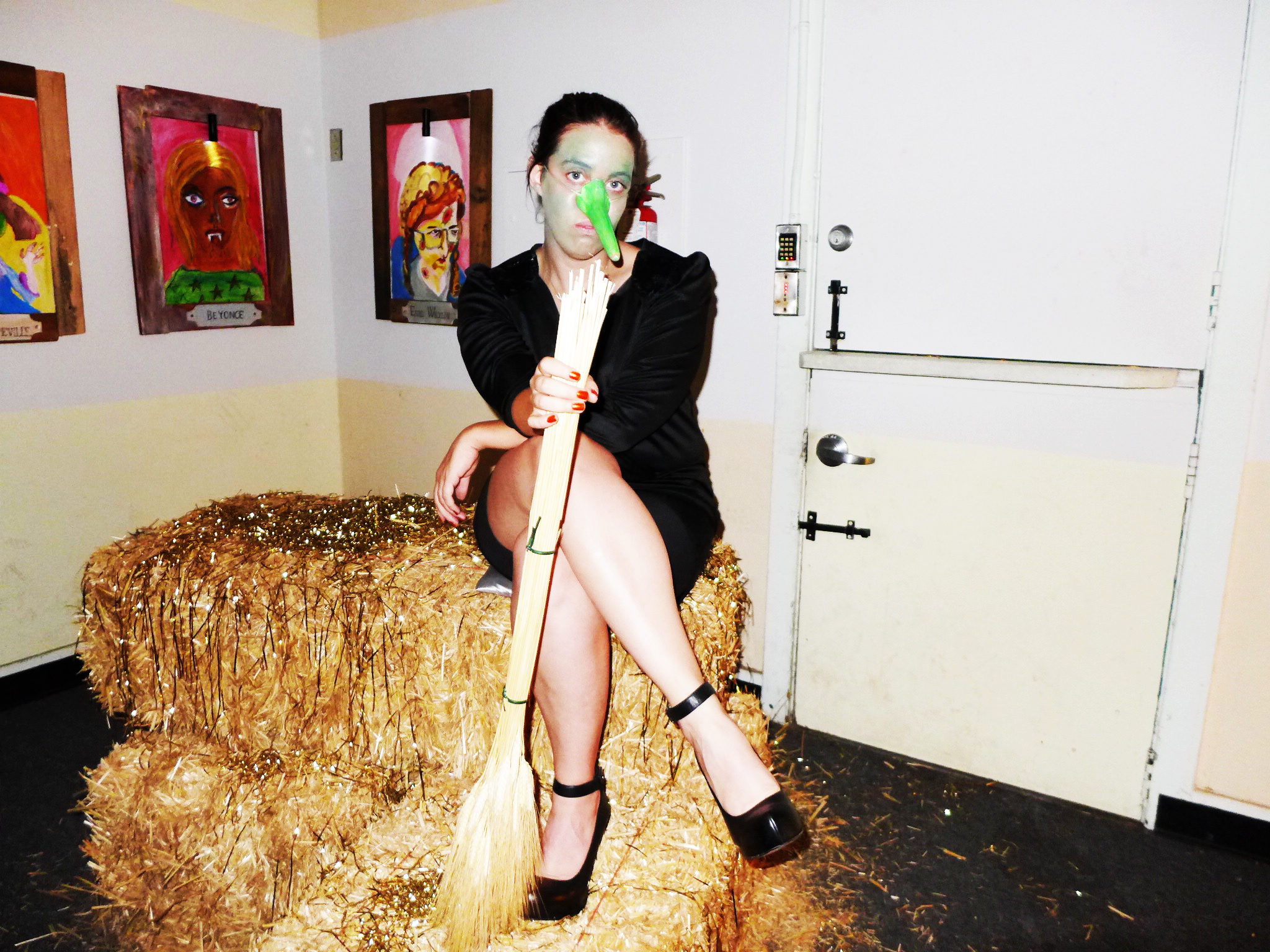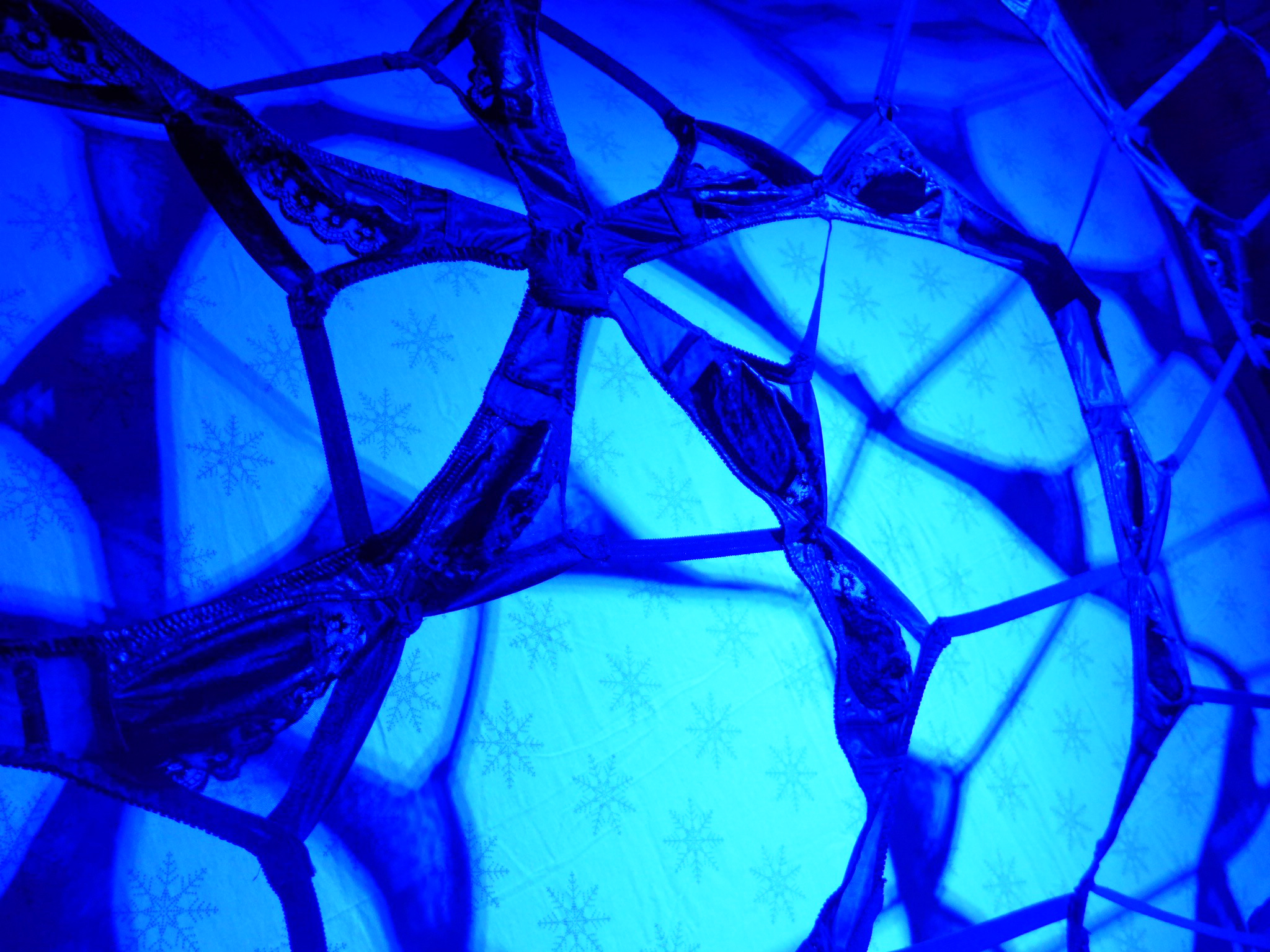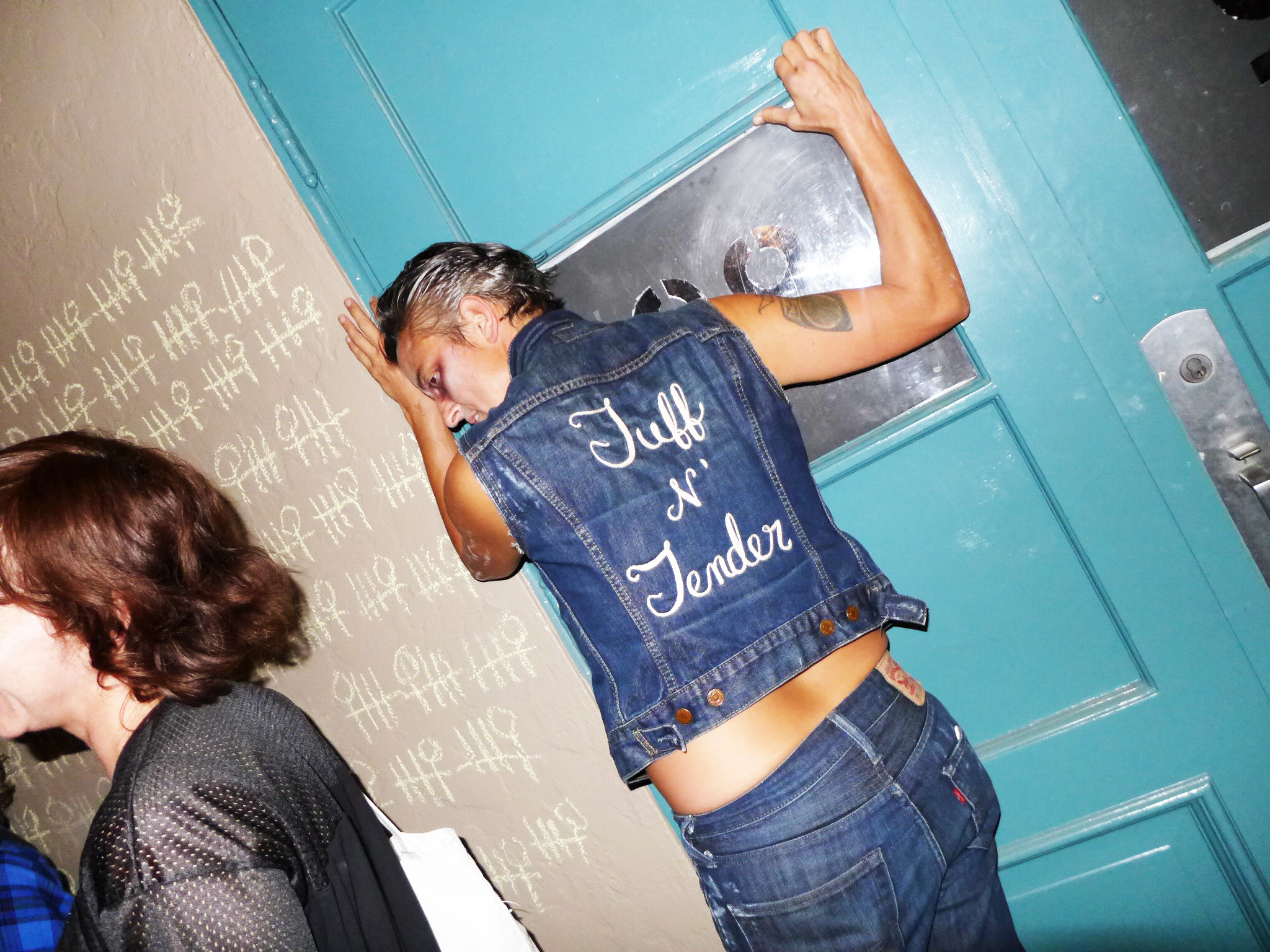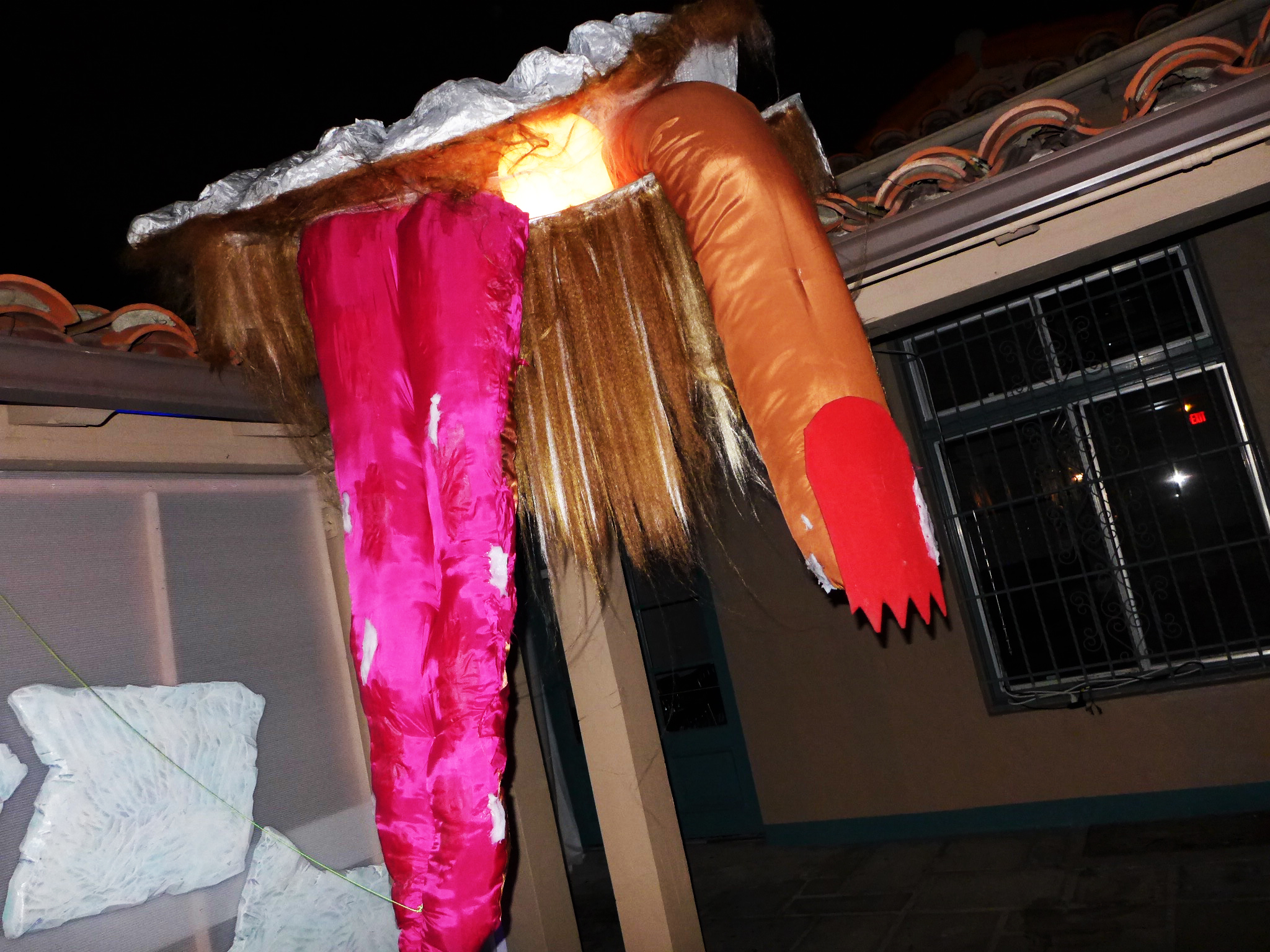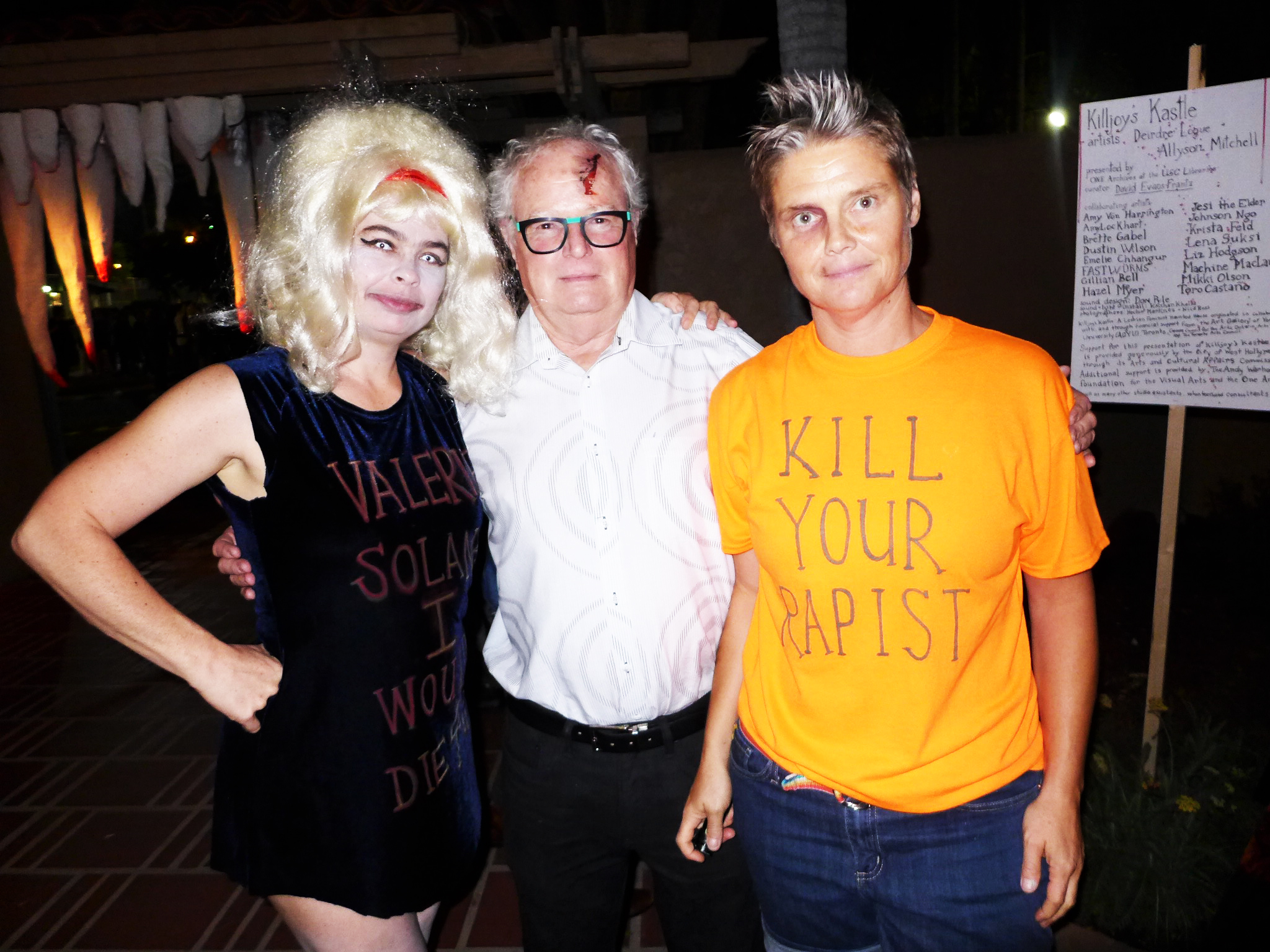Tabaimo, aitaisei-josei, 2015 Video installation ©Tabaimo. Courtesy of Gallery Koyanagi and James Cohan Gallery GL STRAND Photo by David Stjernholm
text by Lara Schoorl
Walking into, Nest, Tabaimo’s first retrospective in the Nordic region, is like walking into someone’s subconscious mind, half asleep, half awake, half dream, half real; each film a vignette into an absurd fusing of desired or criticized aspects of society; each painting and installation a remnant of that. Spread across three floors of Copenhagen’s GL Strand––an eighteenth century aristocratic house designed by the Dutch-Danish architect Philip de Lange that has housed the almost hundred-year old art association for the past five decades––Tabaimo turns the interior of a home into the interior of a psyche; using the architecture of the exhibition space as well as the architecture in her works as a lattice that let the realms of inside and outside, private and public seep through and into each other.
“haunted house” (2003), one of five hand-drawn and then computerized stop motion animation videos in the exhibition, is the first work on view and a gateway from the outside to the inside, into which one will be pulled deeper and deeper as one dwells through the show. On a curved wall we follow a moving peephole or telescope-like lens across a cityscape filled with apartment buildings; only seeing as much as the round lens reveals, while the rest of the wall remains in the shadows, blocked from our vision and awaiting its turn to be gleaned over. Our eyes move across windows and inevitably the scenes behind it. We see people standing, walking, eating in their homes; we imagine their moods and relationships; and then imagination begins to blend with reality when the (made up) life stories behind these people are suddenly taking place in blown up proportions atop buildings. In this video work, Tabaimo uses an amalgam of childhood memories and adult daydreaming to peer into the lives of others. While we are still looking from an outside perspective, a longing for the inside is instilled.
Tabaimo, haunted house, 2003 Video installation ©Tabaimo. Courtesy of Gallery Koyanagi and James
As one continues up a floor, we enter “public conVENience” (2003) and stand at the edge of a public bathroom. Installed across three wall-sized screens positioned in a U-shape and built on an inclining ramp, this public yet intimate space starts out as larger-than-life, but grows smaller towards the end of the slope. A concoction of perspectives both realistic and fantastical presents itself depending on where one chooses to stand. We are inside a shared space, a unique liminal space where public and private meet. Women walk into the screen and into the stalls, peeing, disposing of sanitary napkins, re-applying makeup. Then, here too, Tabaimo allows for fictional narratives to insert themselves into our shared reality. One of the bathroom visitors takes off her clothes, and dressed in a bathing suit, ties a rope to her waist before diving into one of the squat toilets; later on, a giant moth flies into the space, and a turtle is flushed in one of the bowls. For the majority of the video we stand separately, as one of the possible bathroom visitors, but occasionally a zoom-in occurs across three screens and we are staring at what could be our own feet squatting above a toilet. Slowly, we are roped into the narratives of the works.
Tabaimo, public conVENience, 2006 Video installation ©Tabaimo. Courtesy of Gallery Koyanagi and James Cohan. GL STRAND Photo by David Stjernholm
The further we enter the exhibition, the more the space between us and the works blur; with each floor interior spaces protrude more outward. On the second floor, in the only room lit by natural light, as though to encourage growth, drawings of hybrid plant body parts are drawn directly upon the walls as well as on papers held in wooden frames. Technically perfect, to the likening of botanical and anatomical drawings for research and documentation purposes, the medium of drawing (here and in the videos) refers to Japanese woodblock printing and anime––the latter became a popular genre in the 1960s in Japan in which the border between real and imaginary lives also became porous––and form a formal undercurrent in Nest. The humanoid flowers lead us into the adjacent room in which an interpretation of Tabaimo’s studio is installed. Its presentation in an exhibition, in an art institution, in which touch is discouraged, emphasizes the installation is a rendering, a recollection (instead of a reality) of this place elsewhere, where it is used by the artist and so presumably holds an aliveness of materials and movement. Here, where the studio is in stasis, the viewer becomes a time traveler sharing the room with a frozen temporality. We are now fully inside one of the most intimate places of the artist, yet kept at a small distance by way of temporal and institutional boundaries. An anchor in our singular, physical, reality in the shape of systemic space or time, and its friction with alternative realities is a trope that recurs throughout the exhibition.
In the final gallery, after which no throughway or exit is available, only a way back through the previous rooms and tracing our steps down the other two floors, we land in “aittaisei josei” (2015), a video of a corner of a room without a ceiling. Or, a room for which the night sky poses as plafond, a full moon hanging directly above the meeting point of the cornering walls that disappear into a dark infinity. The scene spans one wall covering projection of said corner in which just a couch and a table are placed, with their sides closest to the edge of the image coming out of the screen and continuing into the space as real objects, cut out of furniture matching to the drawing in the video. The interior space in the video and the interior of the gallery space are literally connected as such and form a backdrop for the imaginary outside spilling in. A moth reappears on the screen, from behind the walls a tree grows high and into the room, and from its branches a head of hair appears, locks sweeping and reaching to the ground. In “aitaisei josei” all matter comes to life, moves, and turns not only spaces but meaning inside out.
Tabaimo, aitaisei-josei, 2015 Video installation ©Tabaimo. Courtesy of Gallery Koyanagi and James Cohan Gallery. GL STRAND Photo by David Stjernholm
Although the longest video is little over 6.5 minutes, it is easy to continue watching each of them for much longer; the addictive quality of the bizarre that creeps into the everyday but also the slightly quivering texture of the countless succeeding animated drawings that compose the videos have a hypnotizing effect. And, simultaneously, it is the medium of drawing that functions both as a barrier between reality and the work, and one that prevents us from fully falling into a shared imagination between the artist and viewer. Nest, in nature a complex and built structure that nurtures new life, entices us to open those drawers in our minds for which there may be no space in our day-to-day life, and provides a place where our fantasy, fears, desires and anxieties are acknowledged and given a response.





